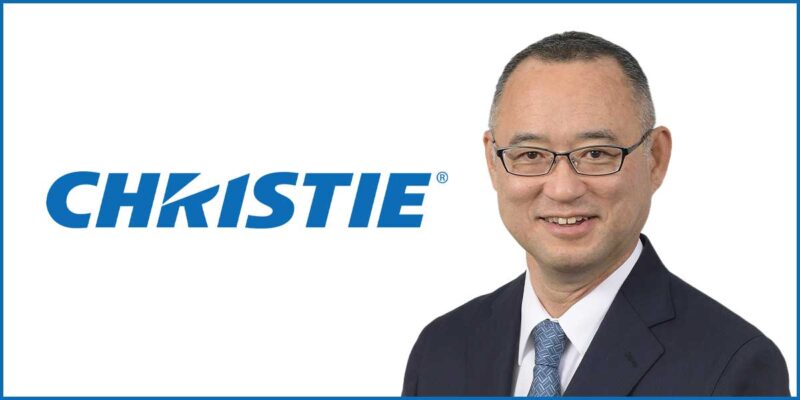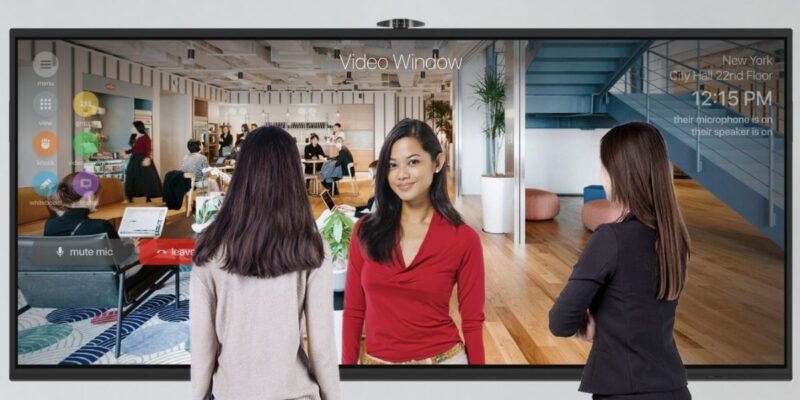The Power of The Wall
So ya, thought ya, might like to go to the show…
The year was 1979 when Pink Floyd, one of the most revolutionary bands in history, released one of the most powerful albums in history. It set records, trends — it was, and still is, unmatched by any other band in rock music. Roger Waters, one of the true masters of modern music, created an imaginary otherworld that existed behind a giant wall built brick by brick, and deftly manipulated the ever-changing activity set to music to the very end. In short – a masterpiece. Poetry in constant motion.
Can this work of art be copied or even approached by anyone else in the business? We say some of the same things in the AV industry where we see creative solutions that just make us take notice, they’re highly eye-catching, like The Wall itself. If you’ve seen the live performance, as I did, you were likely awe struck. I know I was as I was planted in my seat with eyes fixed on the stage for three hours. And snapped a ton of pictures.
Creators. Innovators. Trendsetters. There are those that exist in the industry that continue to top themselves as they look to top others as well. Are these the successes of the industry? Are they bringing the convergence to a whole new level? Interestingly enough, I believe the convergence is not necessarily just about the merger of AV and IT, it also involves how the manufacturer creates a highly strategic path for the integrators. Why should we just focus on AV and IT when we consider convergence? I think we’re missing a big part of the equation – unique innovations and paths created to go beyond the norm, to provide solutions that enhance the message of change.
The Power of the Wall, or should I say The “Powerwall.” Christie, a company I highlighted in a previous blog, has re-defined the powerwall, which in the traditional sense, tends to refer to ultra-high resolution displays able to display vast amounts of data with low latency. They can be interactive and often will support 3D display. It isn’t defined by the technology delivering it – it can be ultra-high resolution projection or flat panels, and in the future, if the resolution is high enough, LEDs. They are intended to bring together complex data for team interaction and collaboration in 2D/3D visualization. The powerwalls are usually practically seamless (the Christie ones are). The powerwall is driven by the nature of the content and what the application is. Just think in terms of Visualization and prototyping – having a car prototype at a 1:1 scale; or seeing geothermal data life-size in order to assess drill paths. Powerwalls are often used in the automotive, aerospace, oil and gas, educational and medical industries, as well as for national labs and academic research.
Los Alamos National Laboratory Powerwall Theatre
Los Alamos National Laboratory (LANL) has a long- standing history of developing science and technology in support of the United States nuclear deterrent. Their recently upgraded Powerwall Theatre gives LANL the extreme scale and quality of visualization that they require, enabling big data analysis. Watch Christie’s Powerwall in progress.
The Christie Powerwall at Los Alamos National Laboratories provides a vital resource for displaying and interpreting data in high resolution at a high frame rate.
Virtually unlimited configurations can be designed to meet the resolution and performance requirements of Christie customers. A powerwall can be created using the power of the Mirage 4K as a single-projector, 3D visualization solution, or they can create a fully integrated, arrayed projection system.
An integrated, arrayed projection solution enables customers to go beyond single-projector capabilities with unlimited resolution and image quality and scale. Christie Twist integrated warping and blending, AutoCal system autocalibration, ArrayLOC continuous color and brightness management, along with their custom structures, enable astonishing high-resolution displays that provide both 2D and 3D capabilities. When coupled with Christie Spyder image processing technology for source flexibility and the ability to manipulate content, high-performance professional visualization is not “virtual” – it’s a reality.
“Customers today are demanding high performing 2D and 3D displays with up to ‘eye limiting’ resolution and compatibility with sources ranging from a tablet to a cluster of super computers,” said Larry Paul, senior director of Technology and Custom Solutions, Global Professional Services, at Christie. “Displays must also be easy to operate and maintain. Christie’s integration technology is at the very core of our powerwalls, which enables us to create the highest performing displays in the world that are both easy to use and maintain.”
In a recent Wired Magazine article GM Uses This 24-Foot 3-D Screen to Eyeball Photorealistic Prototypes, it states that developing a new car is a time-consuming process. Designers and engineers and executives can spend months or years hashing out the look of a car, crafting renderings and models and prototypes to get the styling just right. It goes on to explain: “To speed things along, GM has built a 24-foot screen called the PowerWall. The screen, hidden deep within the company’s Vehicle Engineering Center in Warren, Michigan, is used to show execs and design teams life-size photorealistic renderings of vehicles. The screen works in 2-D or 3-D, though viewing the next Caddy in three dimensions requires donning those weird glasses.”
According to the article, the GM Powerwall has a resolution of 5879×2160, double the vertical resolution of a standard HDTV, and three times the horizontal. It has 50 percent more horizontal pixels than even the newest 4K sets. It’s powered by a pair of huge Christie Digital Systems Christie Mirage 4K25 DLP projectors. The projectors are carefully calibrated so they overlap pixel for pixel, with the middle-third of the screen actually two overlapping images.
The wall is powered by 16 clustered PCs, with one master PC to control the cluster. The graphics output from each machine is stitched together by a pair of Christie Vista Spyder X20 video processing machines, all completely invisible to users.
Larry Paul describes the Spyder X20 as “an incredible image processor and the heart of a high performance powerwall. It is scalable and provides complete compatibility between virtually all single and multi-channel 2D or 3D source formats for essentially unlimited resolution powerwalls.”
Christie’s powerwall is no doubt a highly advanced version of powerwall technology, just as Pink Floyd’s The Wall was as conceptual as any musical work that had ever come before it. If Christie brought their powerwall on tour around the country, it would be highly worth paying top dollar for those front row seats. And as in the video, watching the building of the Christie powerwall is as captivating as the concert which Larry Paul and I both happened to witness. However he saw it back in 1980 while I saw it only a few years back, and I’ll assume the modern technological enhancements seen in the more recent version mirror the enhancements that have led to the advanced power of Christie’s Wall.





